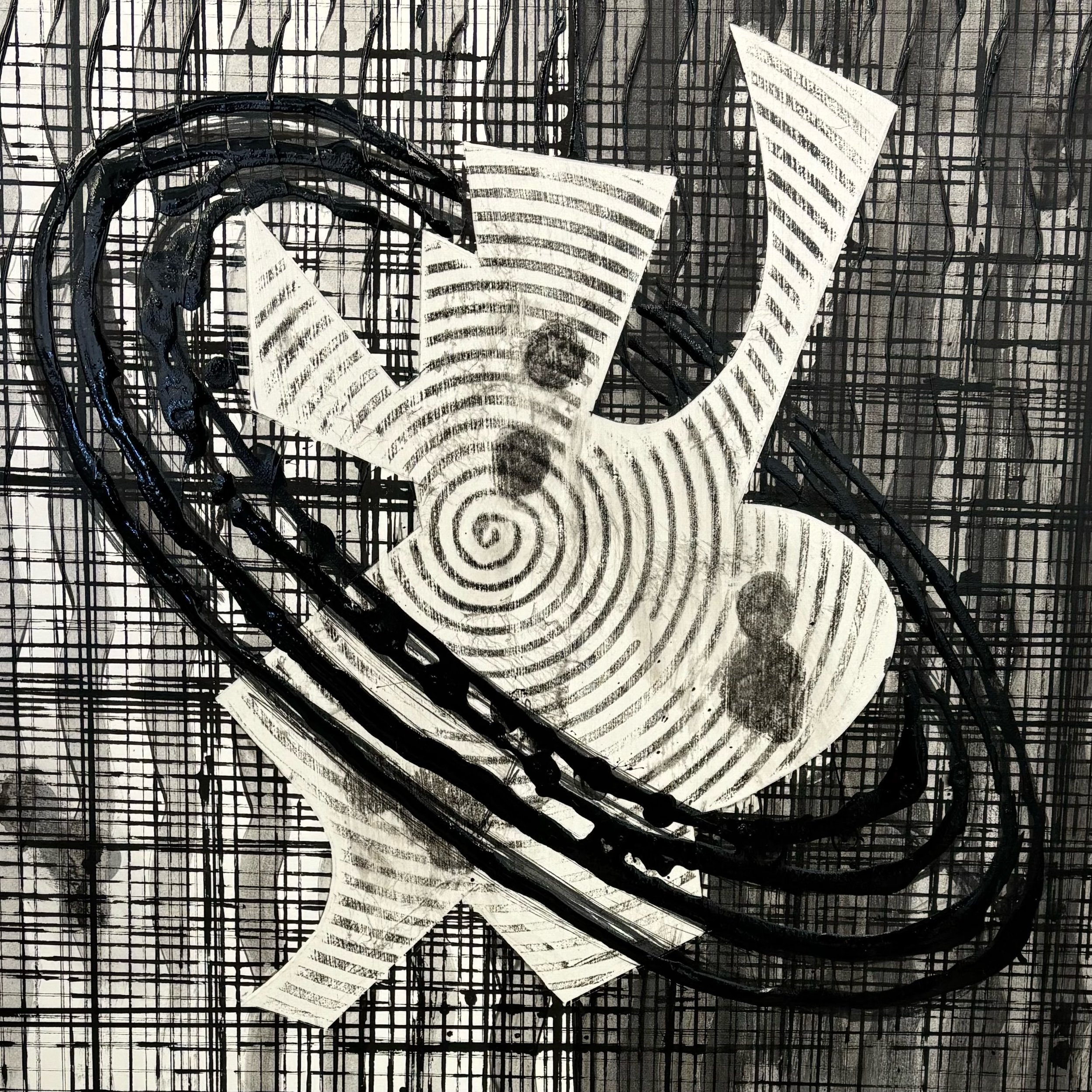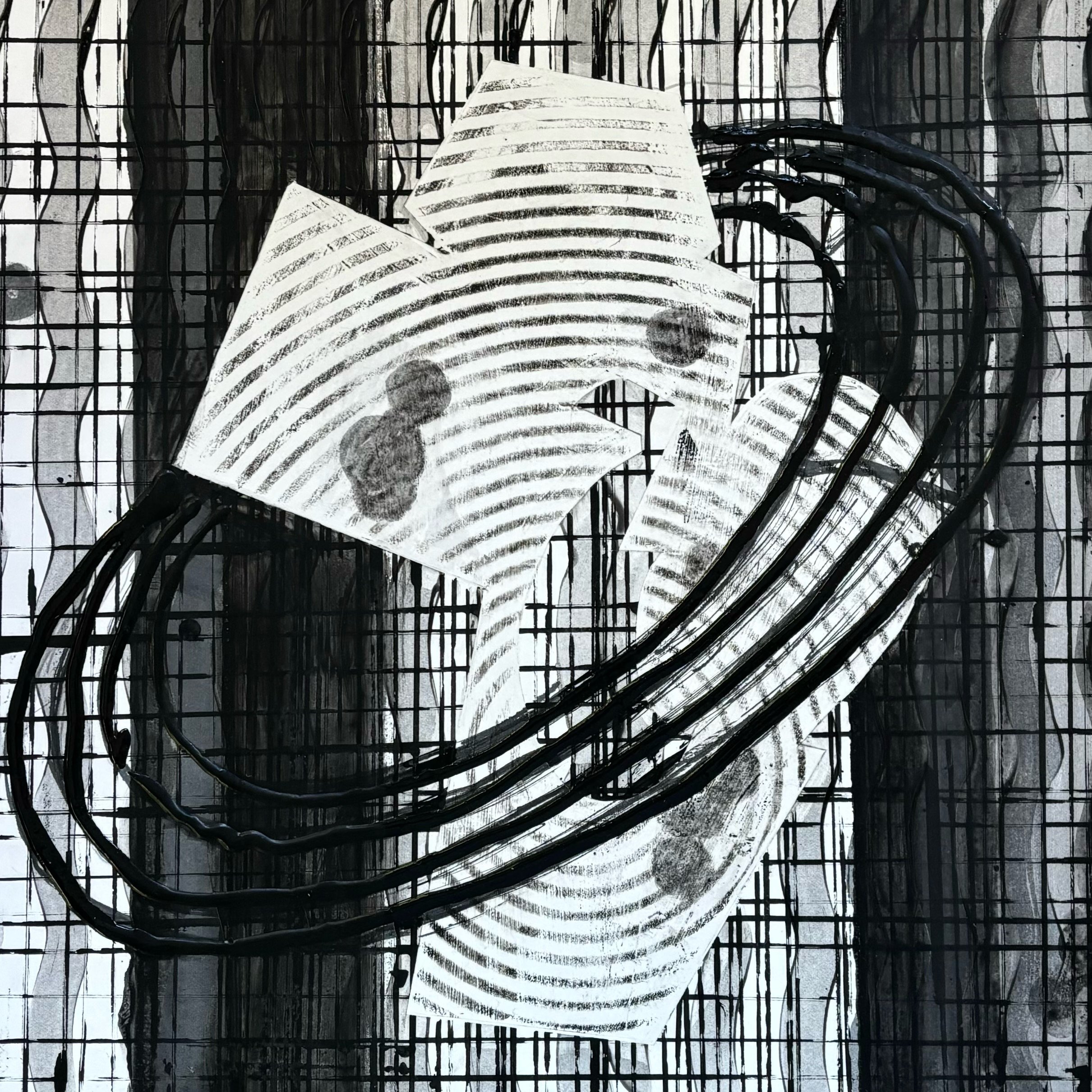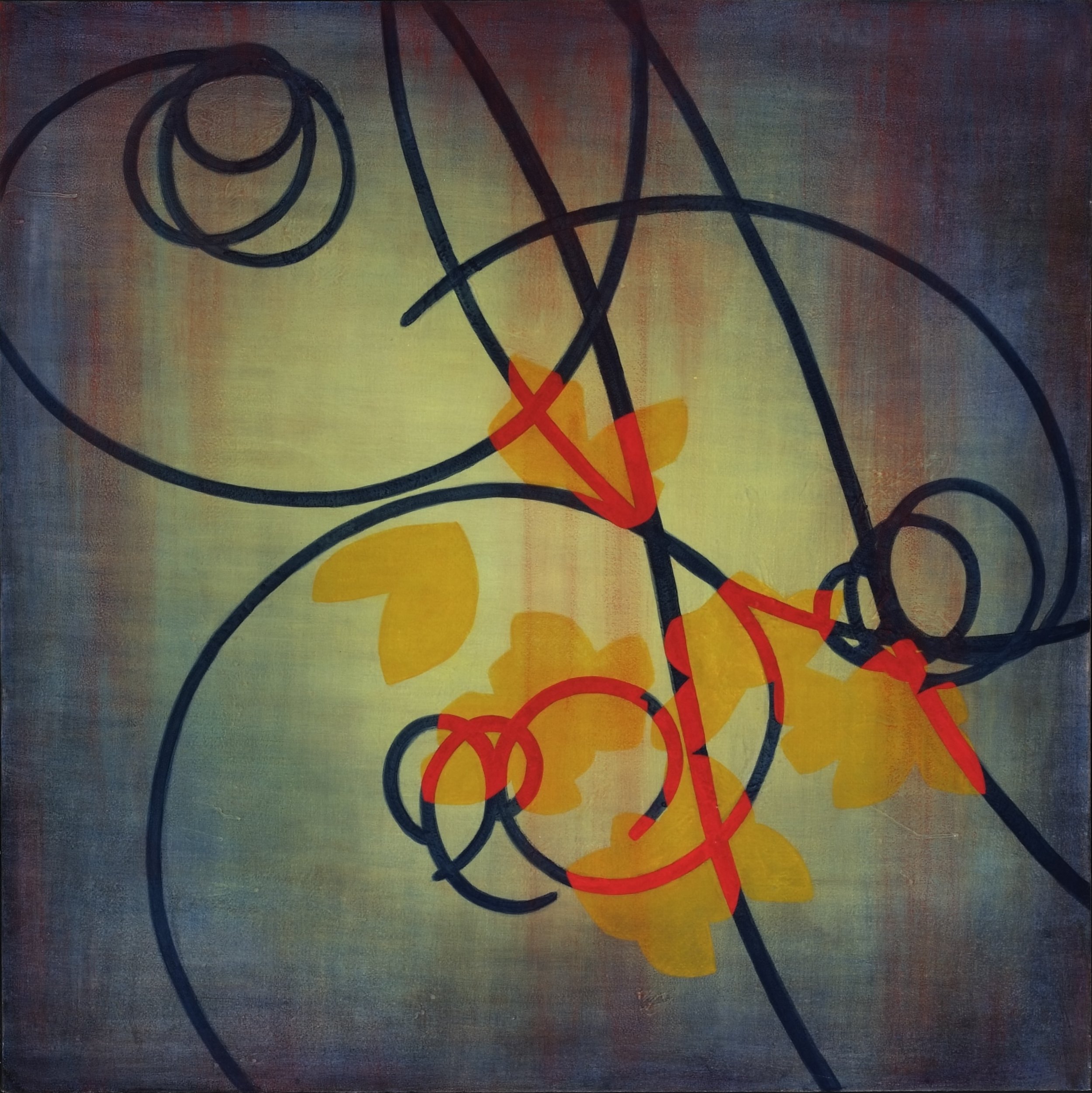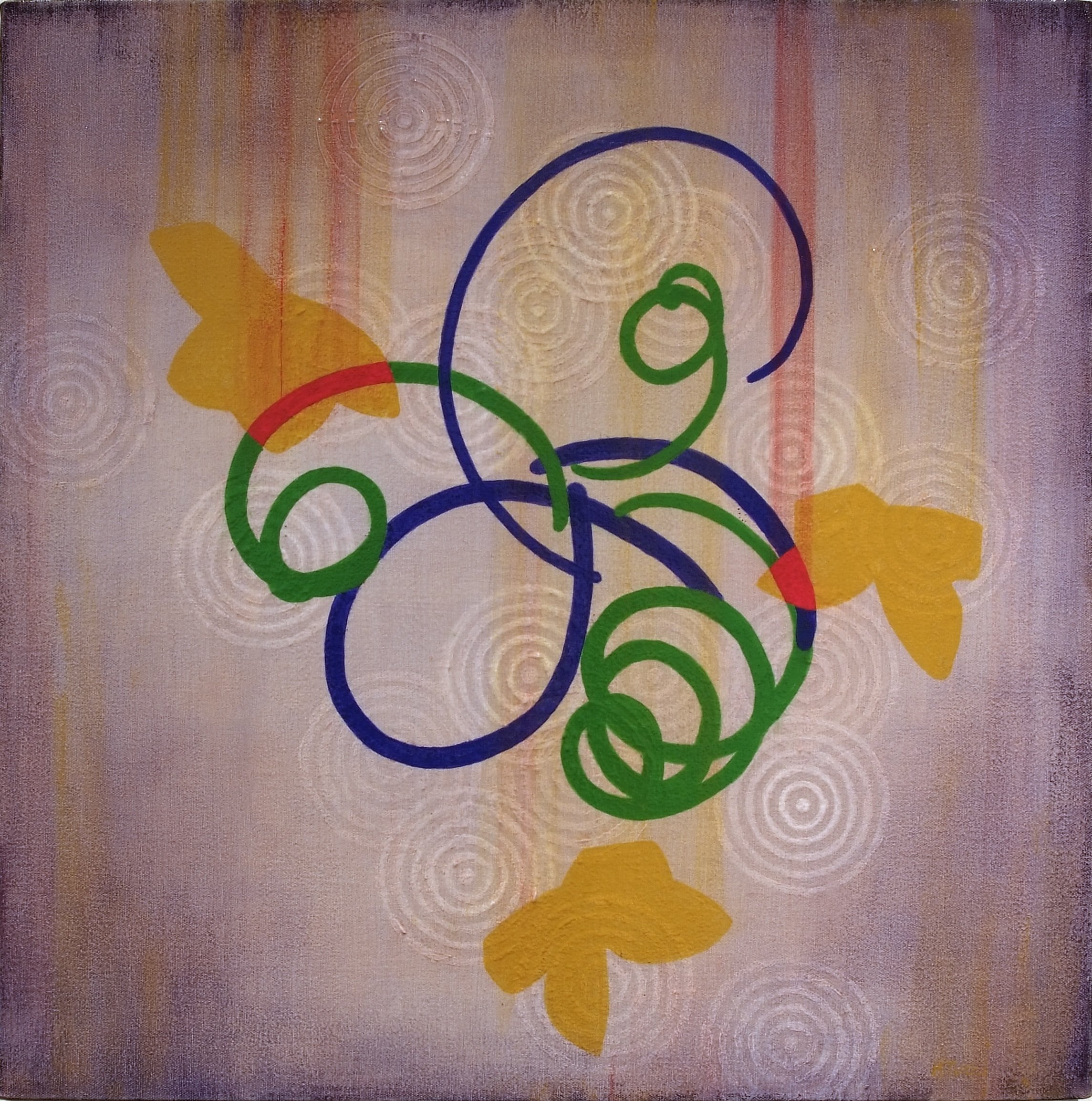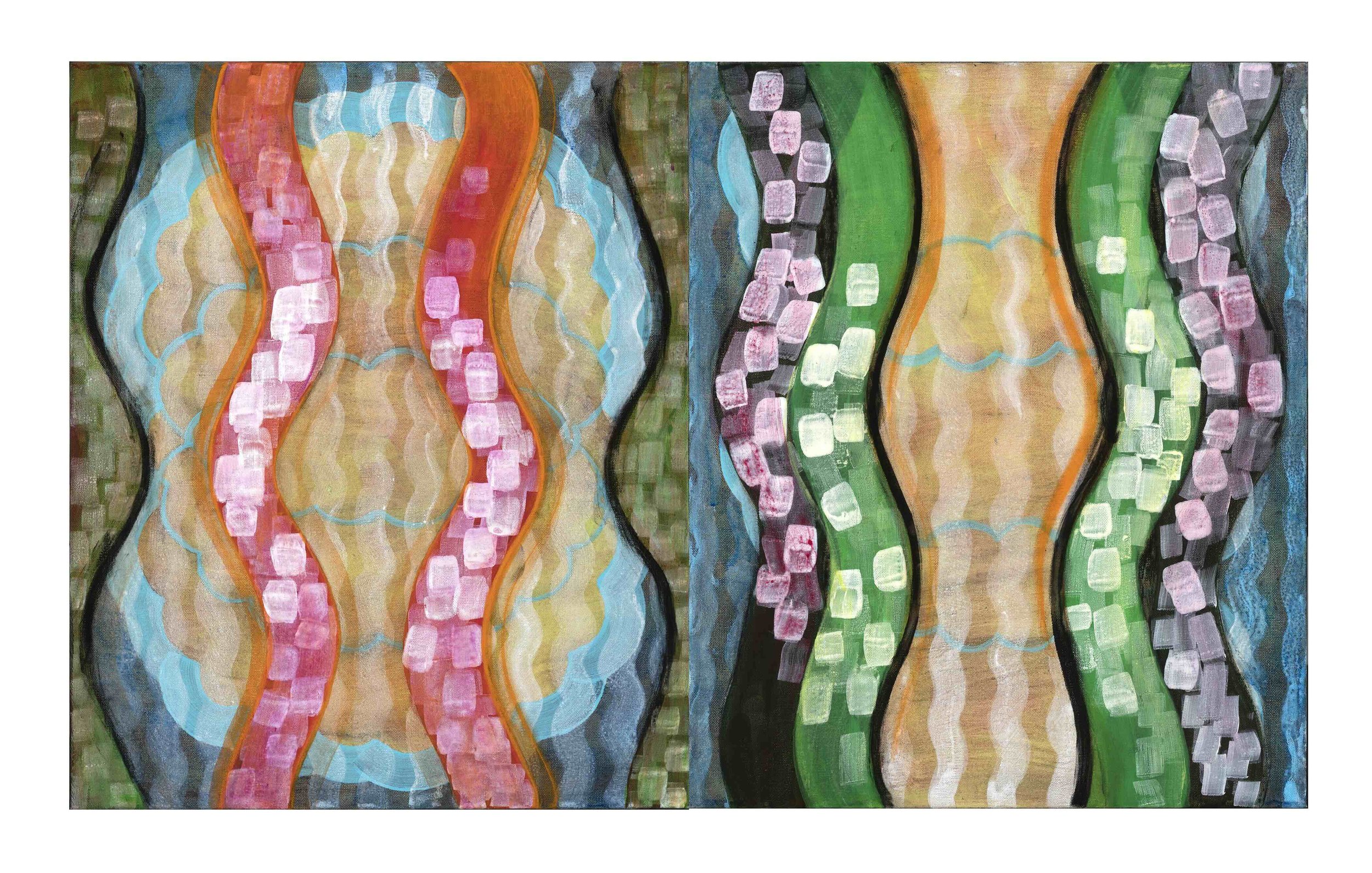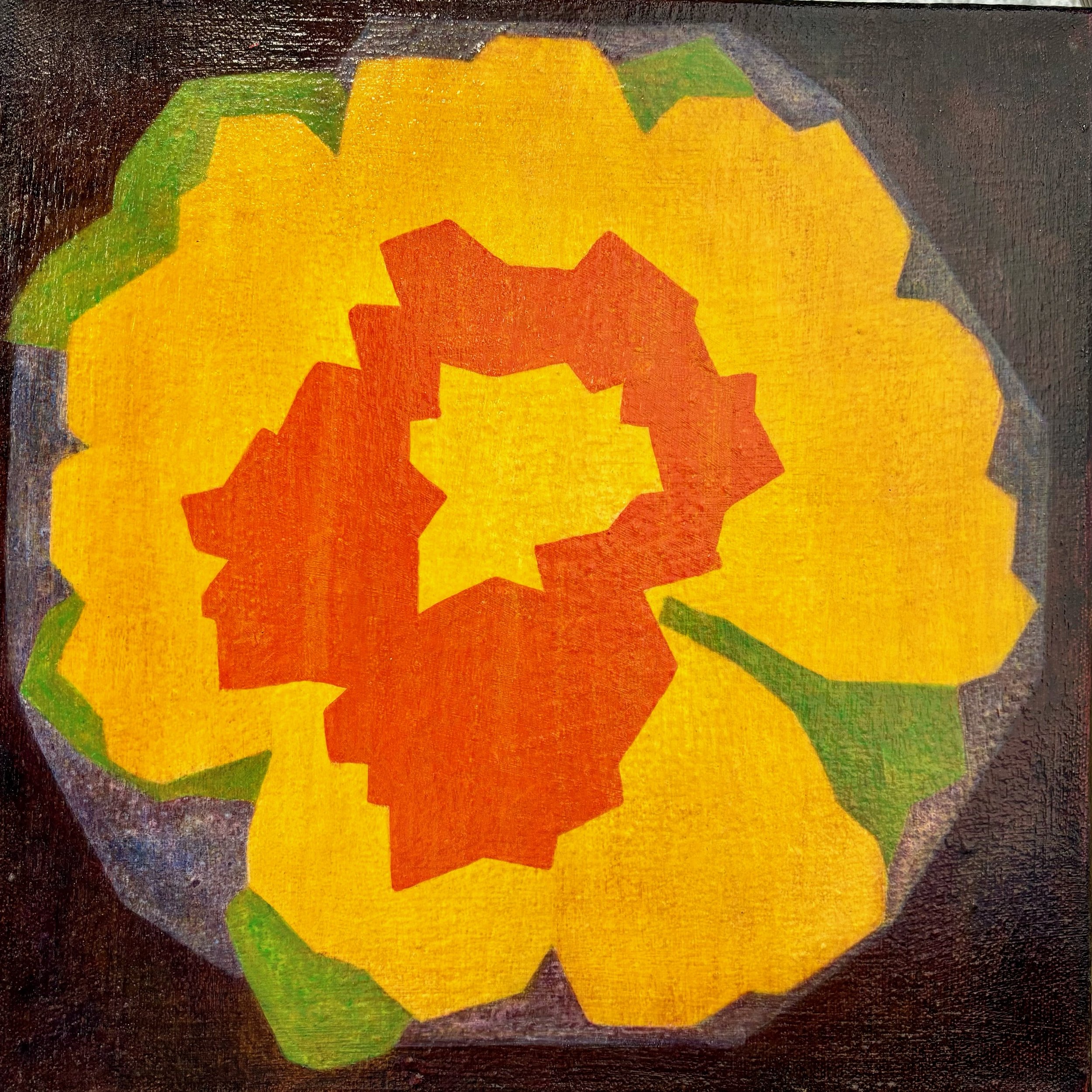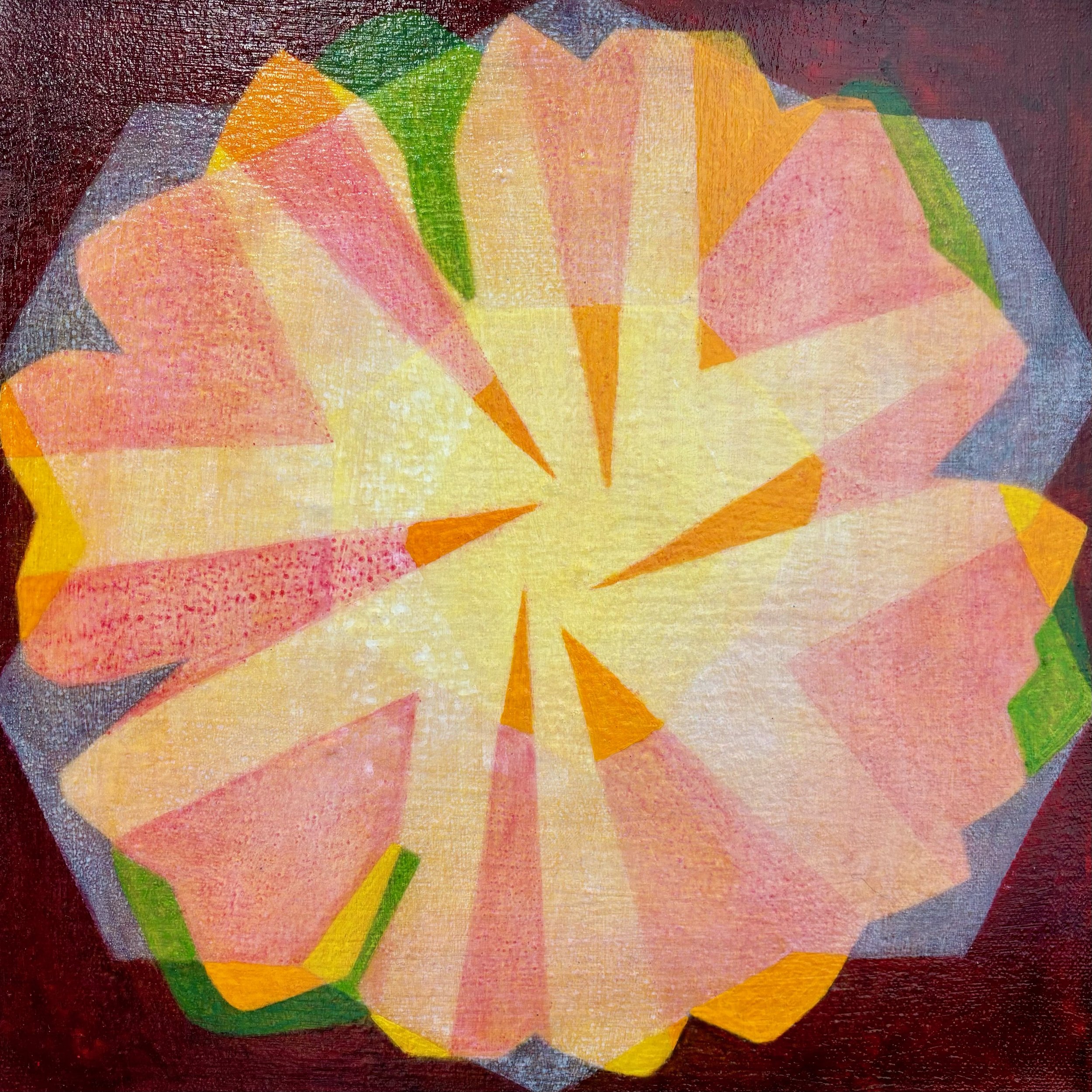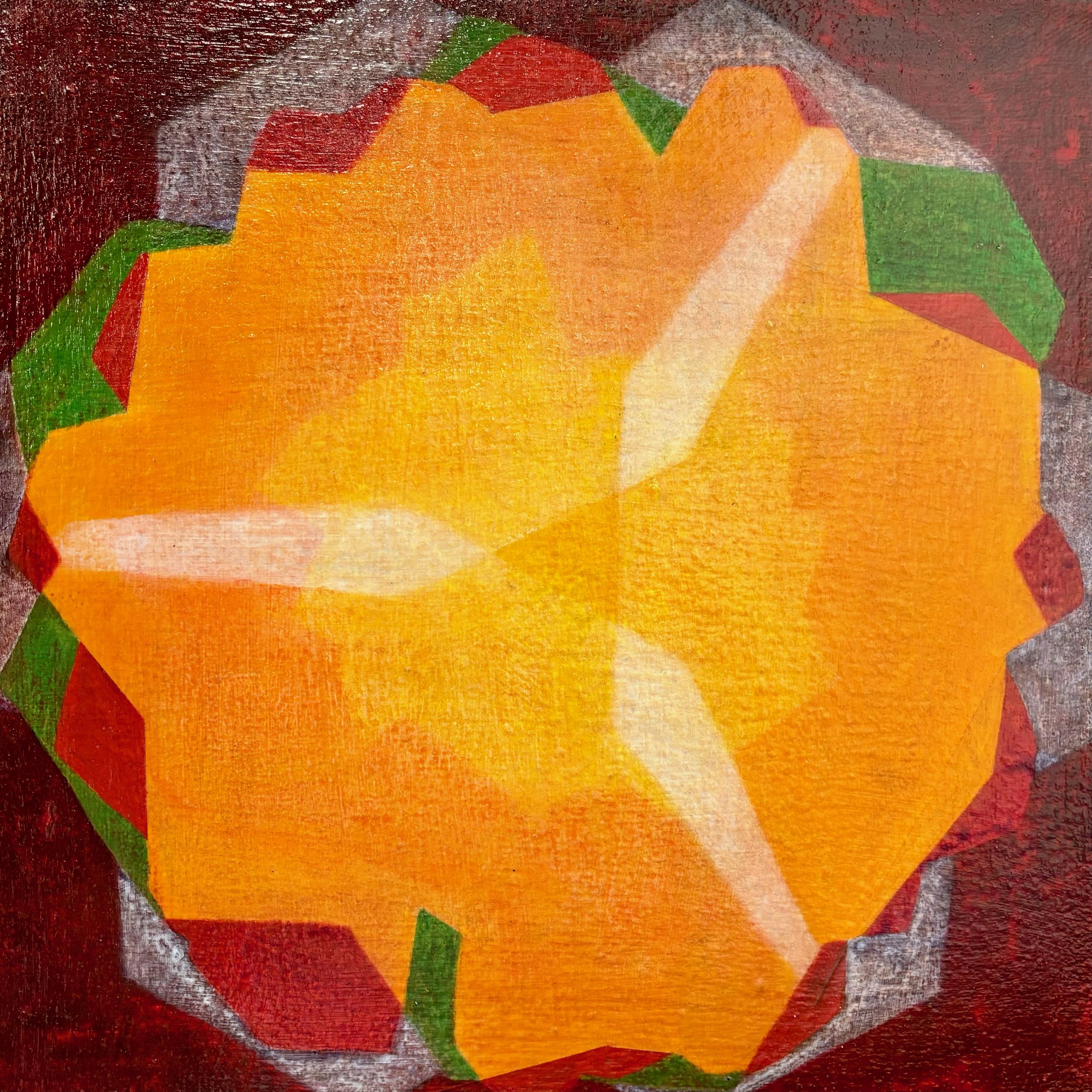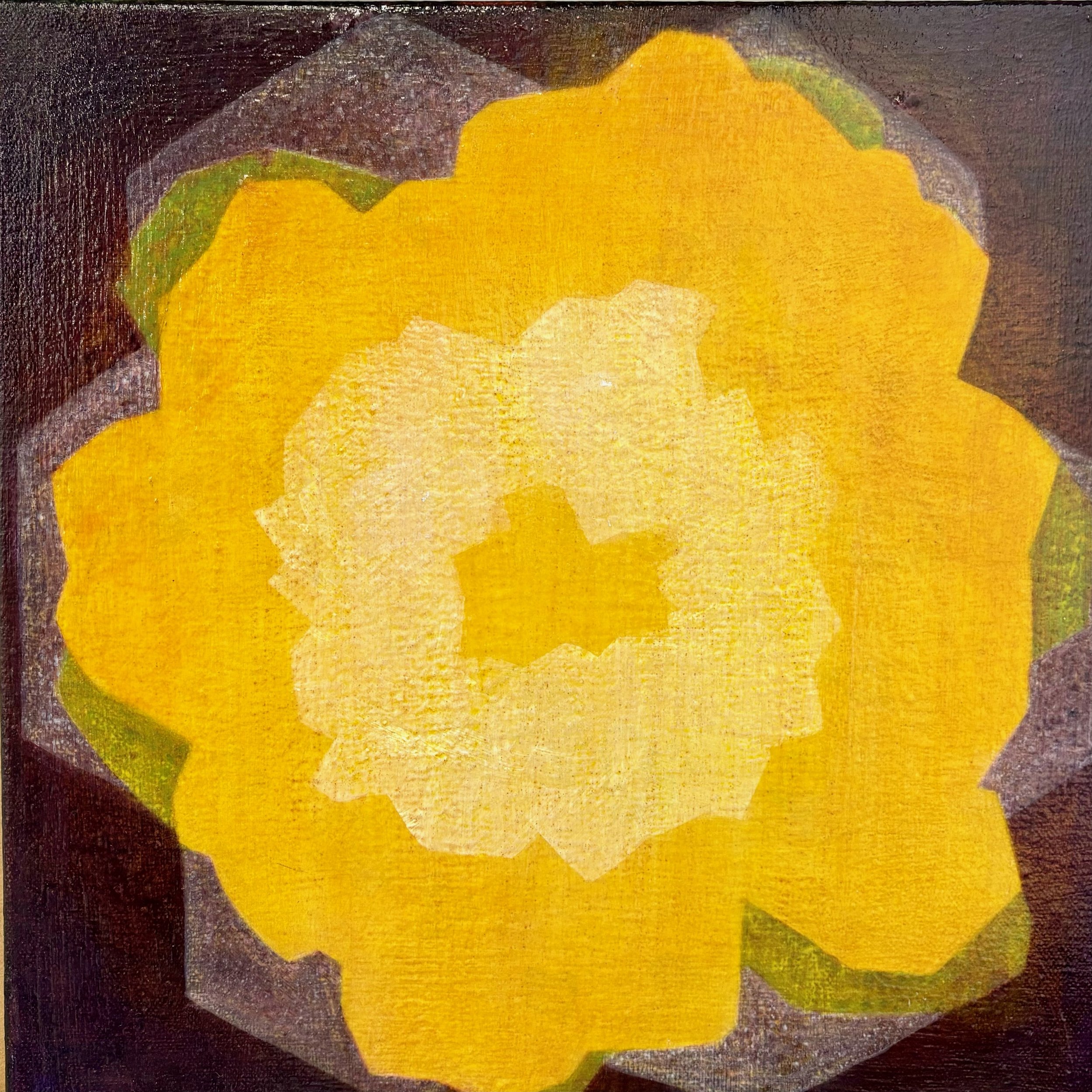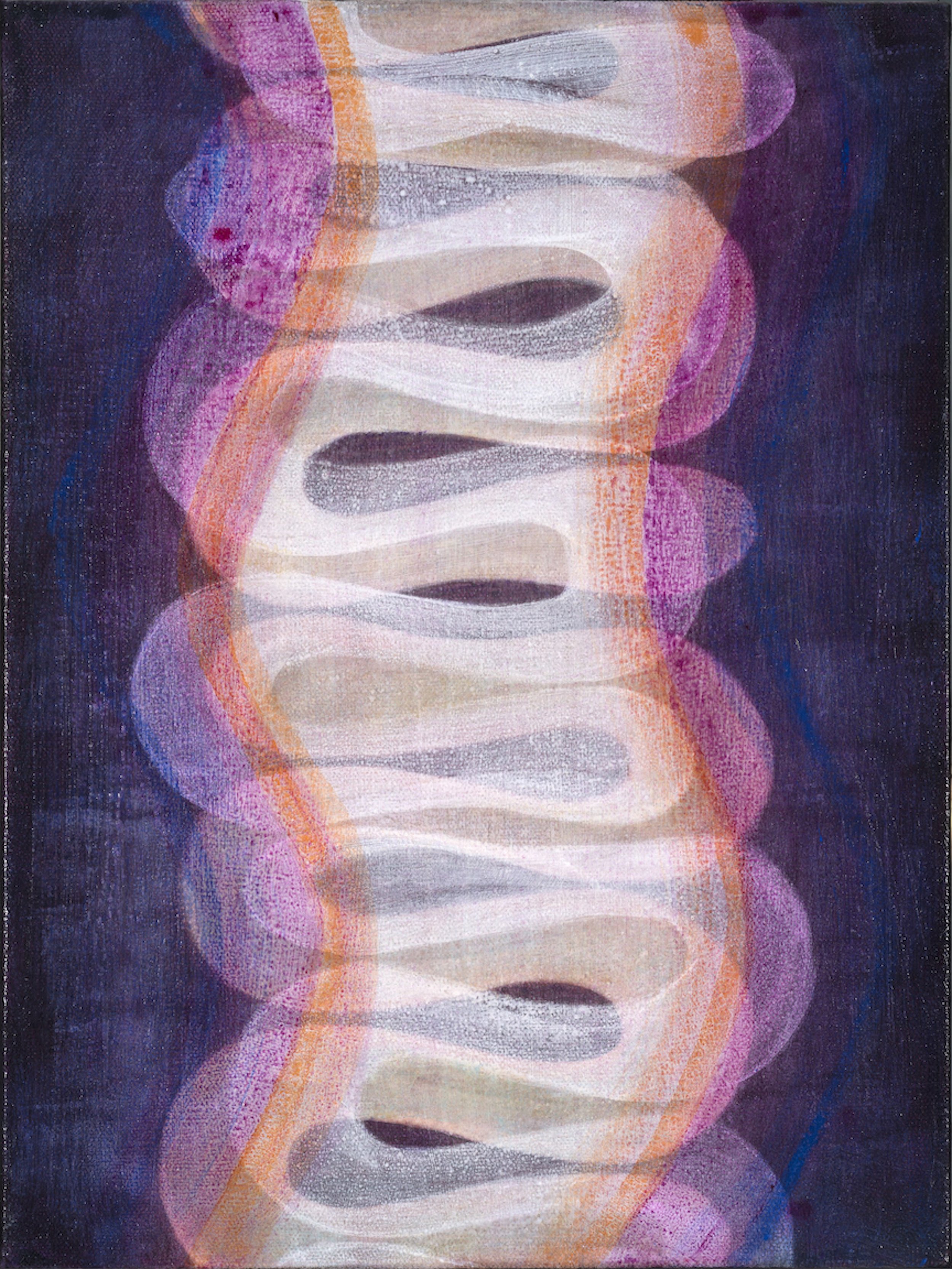Roberta Tucci
“I paint images that express how I perceive organic forms and the natural world. I have developed a meditative practices that enhances my awareness of nature and living systems.”
Roberta Tucci started her career in New York City in the 1980’s. There she was greatly influenced by the Conceptual and Minimalist Art of her mentors at The School of Visual Arts. Her first exhibit of sculpture and painting was in 1984 at The Visual Arts Gallery in Soho.
Later, while studying in Rome in 1987, Roberta developed an interest in aging, distressed Roman frescoes and Etruscan wall paintings. During this period Roberta changed the focus of her work from sculpture to painting. To do so she applied pigmented wax on wood panel to build up and partly scrape off multiple layers of accumulating imagery. But unlike historic Roman and Etruscan painters, Roberta used her process of encaustic painting to create abstract forms from her own creative perspective.
Roberta’s work in encaustic continued until the late 1990’s, when she changed the primary medium of her painting from encaustic on wood to acrylic paint on stretched canvas. The change from wax to acrylic paint allowed her to produce much larger works, layering thin washes of color, glaze and varnish to develop paintings with even more strata of accumulated imagery. By using this technique, Roberta was able to produce the dynamic small, medium, and large projects that she continues to create today.
